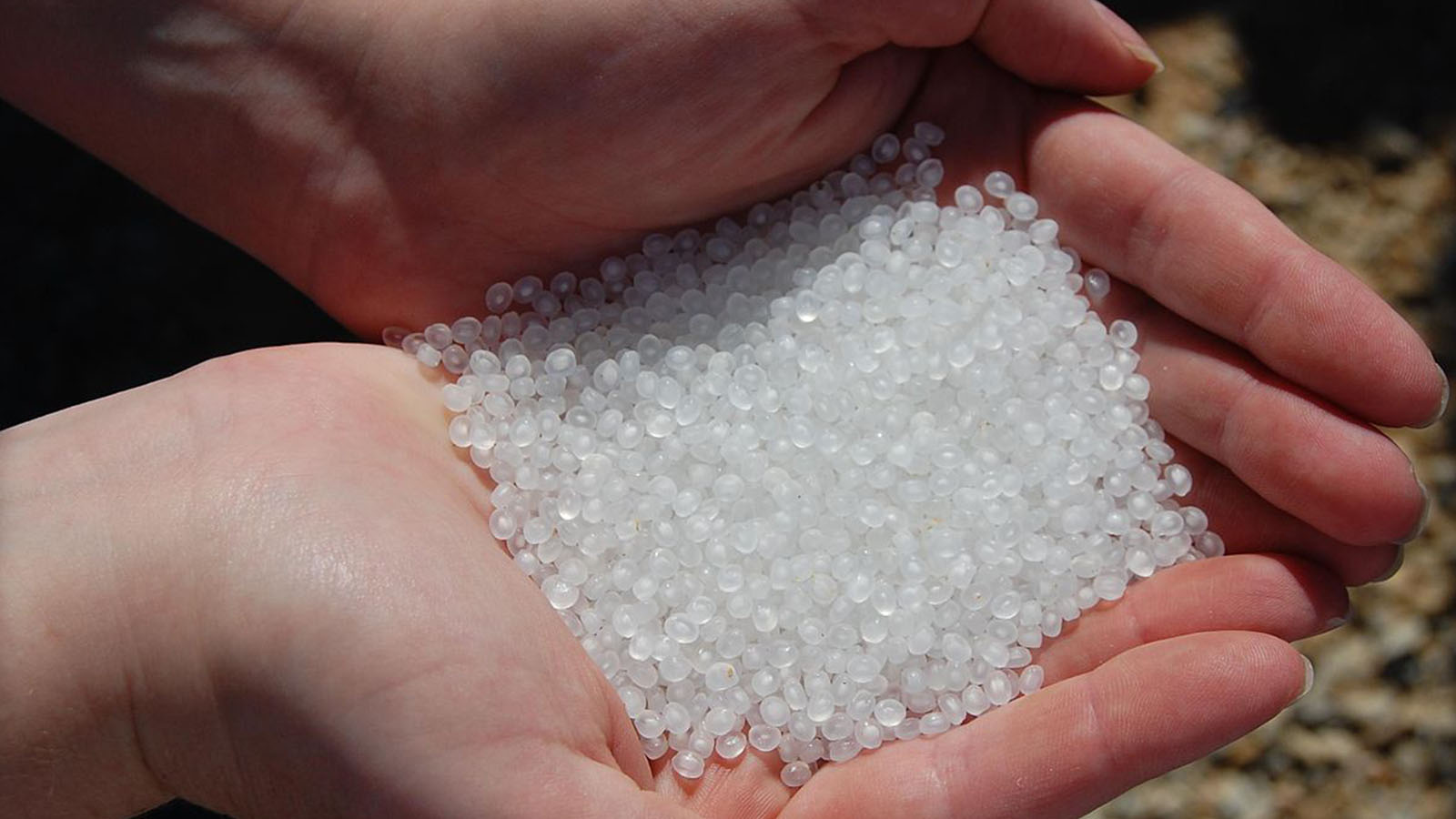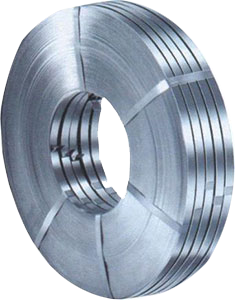Raw Material
1. Nylon 6 & Nylon 66
Nylon 6 & 66 are both synthetic polymers with the numbers describing the type and quantity of polymer chains in their chemical structure. All Nylon material, including 6 & 66, are semi - crystalline and carries good strength, durability for various Industrial Applications.
The melting point of the polymer is between 250° C to 255° c.
The density of Nylon 6 & 66 is equal to 1.14 g/cm3
Nylon 6 & 66 has excellent dielectric properties and low Flame Spread Rate & considering the same it seems more useful in many applications in the Electrical Engineering Field all around the world.
As polyamides, Nylon 6 & 66, whilst having their own separate and distinct benefits, do share many of the same core properties:
- High Mechanical Strength, Stiffness, Hardness and Toughness.
- Good Fatigue Resistance.
- High Mechanical Damping Ability.
- Good Sliding Properties.
- Excellent Wear Resistance
- Good Electrical Insulating Properties
- Good Resistance to High Energy Radiation (Gamma & X- ray).
- Good Machinability.
Comparison
| NYLON 6 | NYLON 66 | |
|---|---|---|
| 1. | Less crystalline | More crystalline |
| 2. | Lower mould shrinkage | Exhibits greater mould shrinkage |
| 3. | Lower melting point ( 250° C ) | Higher melting point ( 255° C ) |
| 4. | Lower heat deflection temperature | Higher heat deflection temperature |
| 5. | Higher water absorption rate | Lower water absorption rate |
| 6. | Poor chemical resistance to acids | Better chemical resistance to acids |
| 7. | Withstands high impact and stress and better stands up to hydrocarbons | Better stiffness, tensile modulus and flexural modulus |
| 8. | Lustrous surface finish, easy to colour | More difficult to colour |
Which One Should I Choose?
The needs of an application have to be considered in terms of processing, aesthetic appearance, and mechanical properties first, in order to decide whether Nylon 6 or 66 is more suitable.
Nylon 6 should be used if a lightweight engineering plastic is required to withstand high impact and stress. It has better aesthetic appearance than Nylon 66 due to its lustrous finish and is easier to dye. It is an ideal choice for applications in the automotive, industrial and military segments. Common applications include: gears, firearm components and automotive engine compartments. It is not ideal, however, for applications that are exposed to water at high temperatures due to its higher water absorption and lower heat deflection rate than Nylon 66, which would be a better choice.
Nylon 66 should be used if a high performing engineering plastic is required that will be exposed to higher temperatures. Additionally, its stiffness and good tensile and flexural modulus make it an ideal material for applications that need repeated long-term performance. Typical applications include: Cable ties, wiring accessories, Auto parts, friction bearings, radiator caps and tire ropes.

2. Stainless Steel (SS - 316, SS - 304 & SS - 201)
SS - 316
- Highest Tensile Strength
- SS – 316 is standard Mo (Molybdenum) added austenitic stainless steel.
- Addition of Mo (Molybdenum) increases general corrosion resistance,
- Resistance to pitting and crevice corrosion in chloride environments
- High Temperature Strength.
- Excellent inter-granular corrosion resistance during welding.
- Excellent inter-granular corrosion resistance at elevated temperature.
SS - 304
- Higher Tensile Strength
- Excellent corrosion resistance
- Higher Formability
- Deep Draw- ability.
- Weldability
- Corrosion Resistance
- Superior yield strength at a lower cost
SS - 201
SS - 201 type steels are lean nickel alloy austenitic stainless steel designed as a cost effective solution for 301 grades in various applications.
Carbon Steel
Carbon Steel is tempered cold rolled with electro galvanizing, used for band, clamps and low cost applications.
Comparison
| Sr. No. | SS 316 | SS 304 | SS 201 |
|---|---|---|---|
| 1. | Highest Tensile Strength | Medium Tensile Strength | Higher Tensile Strength |
| 2. | Best Corrosion Resistance | Better Corrosion Resistance | Good Corrosion Resistance |
| 3. | Highest Formability | Higher Formability | High Formability |
| 4. | Deepest Draw-ability | Deeper Draw-ability | Deep Draw-ability |
| 5. | Best Yield Strength | Better Yield Strength | Good Yield Strength |
| 6. | Excellent inter-granular corrosion resistance during welding | Better inter-granular corrosion resistance during welding | Good inter-granular corrosion resistance during welding |
| 7. | Excellent inter-granular corrosion resistance at elevated temperature | Better inter-granular corrosion resistance at elevated temperature | Good inter-granular corrosion resistance at elevated temperature |

